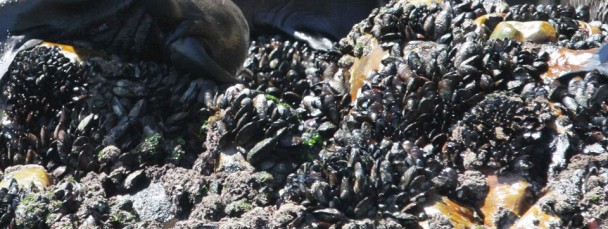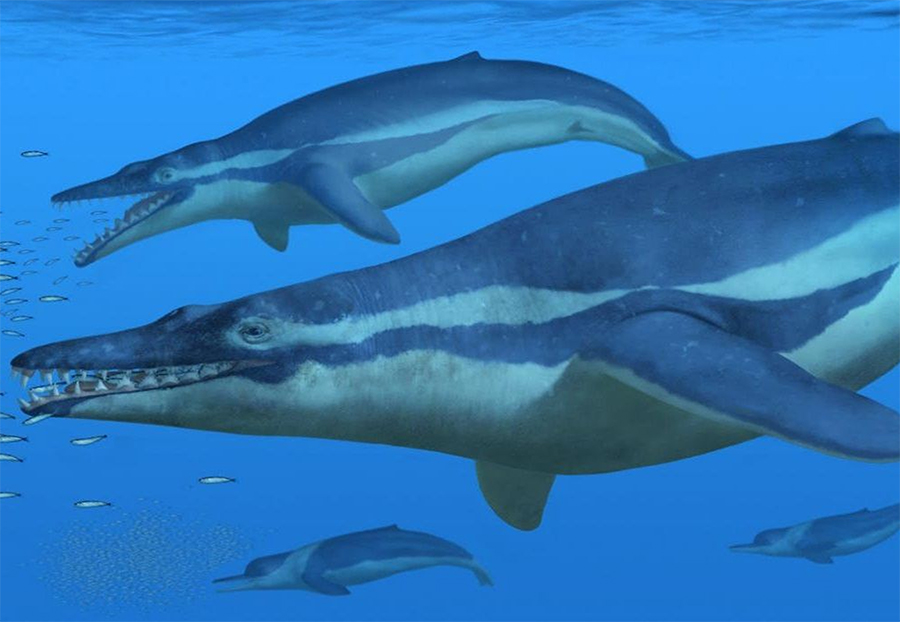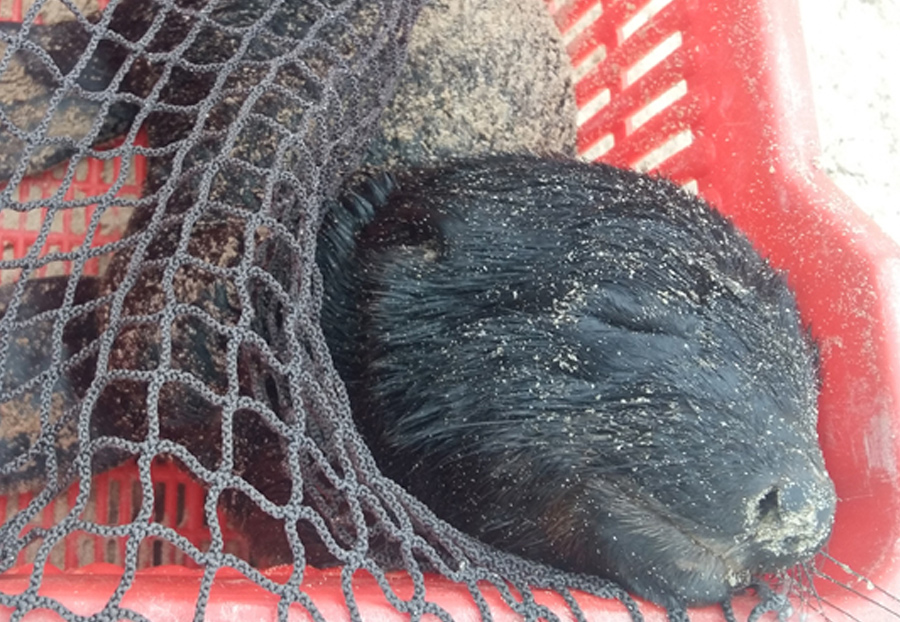Alien Species
In the post last week about marine pollution we talked about that marine debris can be a new means of transport for species to cross the globe. What is alien species or invasive species. we hear more and more about it, but what are they? And what does it really mean. Alien species are organisms that ends up in the wrong Eco-systems by humans taking them with and introducing them or they attach to boats and come across the oceans. Some alien species are only seen for a short period and does not affect the environment, while others become invasive and take over the Eco-system from the native fauna.
One of the most well-known introductions made by human were the cane toad (Rhinella marina) to Australia. it was brought in from Hawaii to control the native beetles from eating the sugar canes, which are a great income for Australia. The introduction did not work the way it was intended, the toads did not eat the beetles they were introduced to eat, instead they grew large in numbers eating other kinds of beetles. They also don’t have any natural predators in Australia so animals that tried to eat them died from their poison and this affected a lot of different Eco-systems.
In South Africa, we have to date, 205 invasive species from plants and trees to fish and mammals. The one invasive species that people know about is the black mussel (Mytulis galloprivincialis), also known as the blue or the Mediterranean mussel. It came into the West coast of South Africa in the late 1970’s through ships and in 1990 they had taken over 20% of the rocks on that side. They spread slower along the South and East coast because of the difference between the Atlantic and Indian ocean, but have started to show there too. In the Tsitsikamma National Park they were first seen in low numbers in 1993 but in 2004 they had started taking over more and more.
Are alien species always bad? In most cases they are, otherwise, we would not see them as a problem. Like the cane toad in Australia, nothing will eat it, and it did not do what it was introduced for. But in the case of the black mussel it took over where a lot of other mussels are suppose to be and have affected some of the other species. Since they grow closer together then other species, more small organisms that like to hide amongst the mussel have increased in numbers. These small organisms are a great food source for birds, especially the Black Oyster Cather, that at one stage was endangered, but now, thanks to a change in beach regulations and the increase in food supply they are no longer endangered. So the black mussel is an invasive species and should not be on our coastline. it has helped the Black Oyster Cather, but they still eat the brown mussels so they could have recovered without it.
Next week we will look into, “what is endangered?” It seems like something used all the time about animals and plants, but what does it really means?




